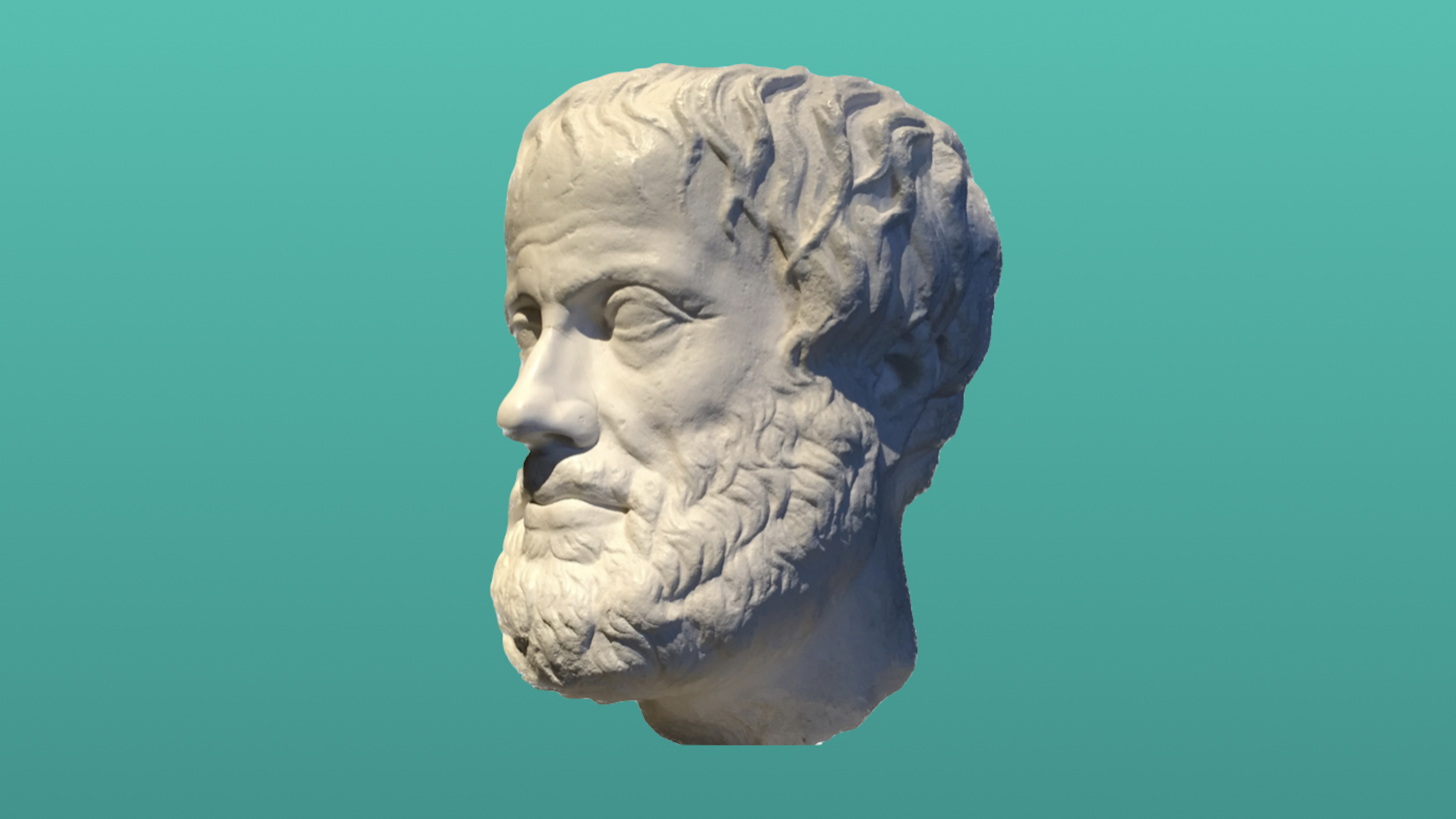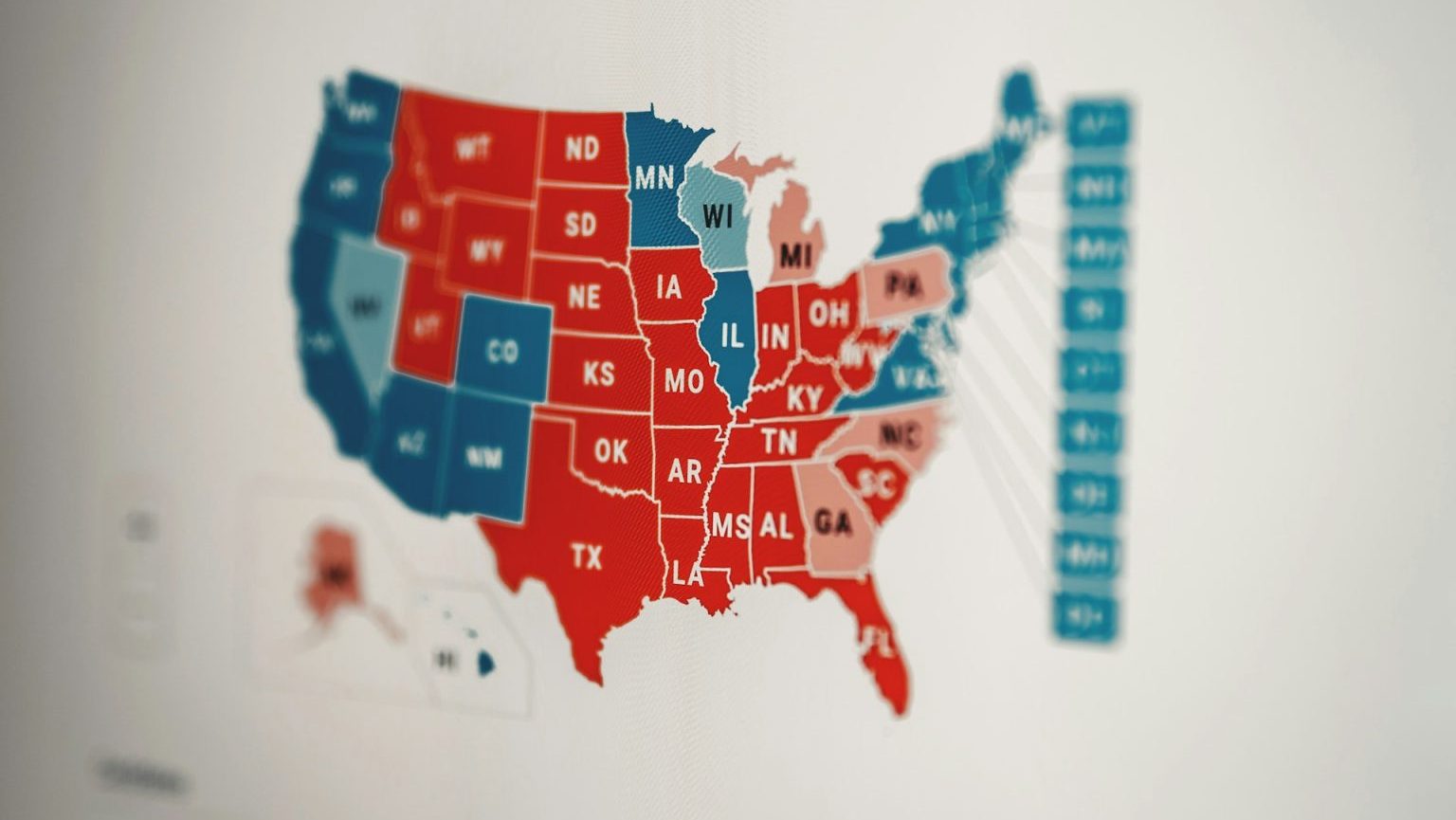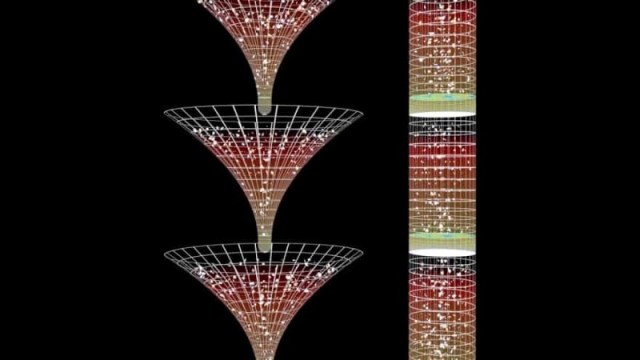How to use psychology to increase workplace productivity

Credit: Priscilla Du Preez on Unsplash
- "Productivity of work isn't the responsibility of a worker yet of a manager," said famed management consultant Peter Drucker.
- Psychology tells us again and again that emotionally intelligent leadership, which recognizes the humanity in others, is a driving force of productivity.
- Here are 5 simple but effective ways to increase performance and make a positive impact in your workplace.
Managers make the common mistake of setting the same standards for all their employees. The truth is that employees do not think and act the same. When unavoidable circumstances present themselves, each employee will have a different reaction. This concept is known as behavioral economics.
To increase employee productivity, you need to understand their individual needs. However, do not assume your employees have the same wants and needs. Your goal should be to understand the psychology of your employees so that you can come up with ways to make them happier and more productive.
Below are the top five ways to use psychology to increase workplace productivity.
Employee appreciation gifts can be an excellent incentive to drive your employees to work harder. But don’t just issue standard mass-produced gifts that are the same for everyone. If you offer specially customized employee appreciation gifts instead, then your employees will think of them on a more personal level.
For example, if your employees are big baseball fans, you could reward them with baseball trading pins that have their names on them. Perhaps you know of an employee who has been open with you about their desire to quit smoking. You could give them a motivational PVC patch with a message about strength as a way to encourage them toward their goal.
Personalized gestures show employees that you care about their individual interests, struggles, wants, and desires. That gives them greater motivation to do better in the workplace.
Your team will have a better attitude about their workplace if they feel like they can make a valuable contribution to its organizational structure and how it’s being run. If employees have no say in the rules and procedures of their workplace, they could quickly develop resentment toward their managers.
Consider having an employee feedback box in the workplace. It is a box where employees can submit workplace suggestions and criticisms to their employers anonymously. They can fill out a suggestion form and slip it into the box. Then you can review the suggestions and address them accordingly.
Managers often get too narrowly focused on telling employees what needs to be done in the workplace. That’s why managers need to acknowledge the accomplishments of their employees because it reinforces the great job they are doing.
If employees never hear any compliments or acknowledgements regarding their positive contributions to the workplace, they might start not to care as much anymore. It will cause their work performance to decline drastically. So, always give praise to your employees when they complete their tasks successfully or make an outstanding contribution.
Managers who force their employees to keep working long hours without a break are doing a disservice to their company. If employees don’t get a break after a certain period, their productivity in the workplace will diminish. You need to encourage your employees to take periodic breaks to rest and recharge themselves mentally and physically.
The digital age is called the “age of convenience” for a reason. Several research studies show that employees are more productive if their employers give them the flexibility to work from home.
It is easier for someone to get out of bed and hop right onto their computer to get to work. Employees want this kind of flexibility, especially if they have to watch their children at home and cannot afford a babysitter. If you can offer them this kind of flexibility, then it will ease their stress and let them be more focused on their work.





